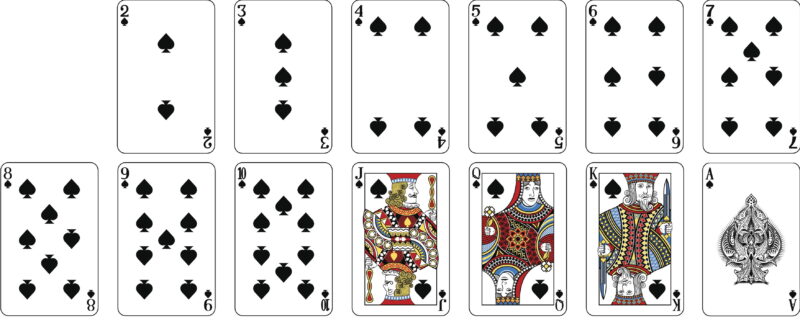Chronic disease biology is characterized by complexity. Chronic diseases have a much broader range of causes and influences than the single SNP/gene-centric approach of GWAS can detect (Tam V, 2019). For most chronic diseases the genetic associations of single mutations appear to be unexpectedly low when tested across a whole patient population, even those in genes known to be important in a disease (Skol, 2016, Walsh, 2020).
Chronic diseases are highly heterogenous, both in their causative factors and the way in which patients experience the disease – their symptoms, severities, and treatment responses. There are often multiple, possibly tens or even hundreds, of genetic variants and other external factors contributing to the underlying disease processes. When we can identify and quantify the effect of those properly, we can accurately stratify diseases into multiple patient subgroups (Ahlqvist E, 2018), whose patients are more likely to have the same disease causes and to benefit from the same drugs. This is fundamental to extending the promise of precision medicine outside of the narrow confines of oncology and rare disease.
It is not simply that in many diseases there is more than one variant affecting a disease process in a classical pairwise epistatic view. Chronic diseases have a complex and nuanced interconnectedness of regulatory networks (Boyle, 2017) influenced by multiple genetic control regions (ENCODE Project Consortium, 2012). Cellular biology is full of genetic networks, expression control systems and interlocking feedback loops, where changes in one component may inhibit or amplify the effects of many others in a complex interacting metabolic dance.
Chronic disease biology needs a news maths…
The combination of more than one mutation brings in the potential for feedback loops between the genes (and their pre-cursors and protein target products) the effect that a specific combination has on disease is inherently non-linear and unpredictable.
Existing genetic analysis tools largely assume that the contributions of multiple SNPs can simply be added together, with some sophisticated weighting schemes and statistical methods applied. This approach, however sophisticated, ignores much of the underlying biology.
…Or better poker players
This is analogous to trying to guess the winning hand in a game of poker by adding together the face value of the cards in each hand. Imagine the following scoring scheme for face value of cards (the suit is unimportant):





